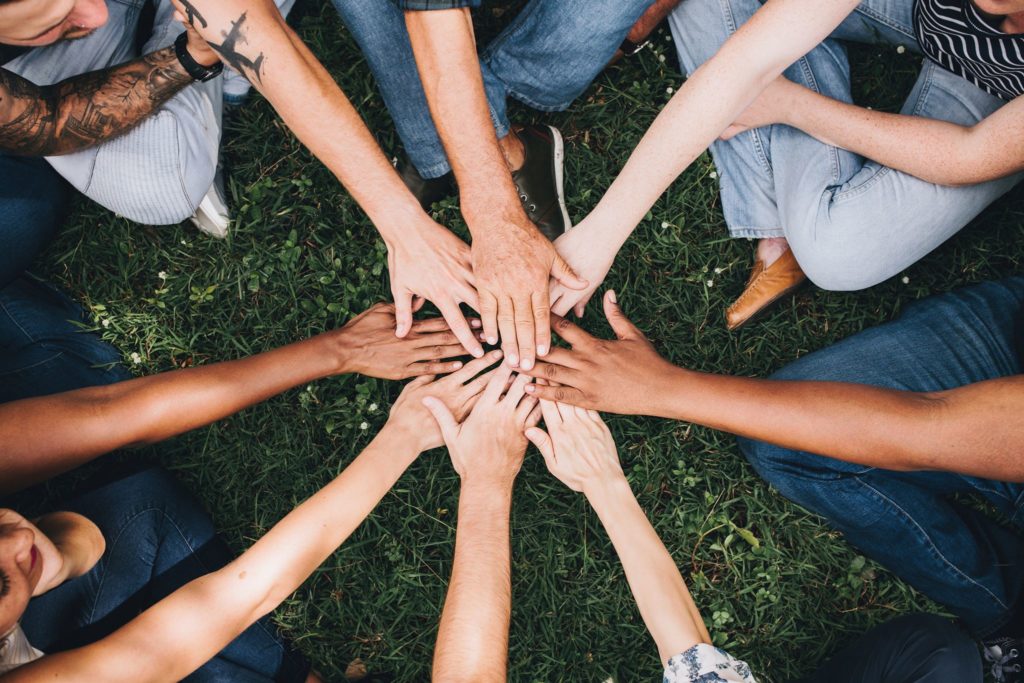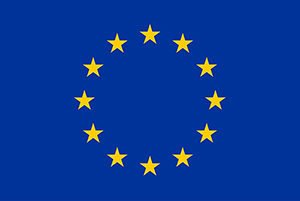
As early career researchers, we frequently interact with our peers, namely PhD candidates and sometimes with post-docs in numerous platforms such as conferences and summer schools. We share stories about our experience of academic journey and reflect on improvement points, thereby learning from each other. One of the commonly shared stories I have witnessed so far is about description of multiple modes of academic collaboration. It seems that descriptions are ambiguous, early career researchers are sometimes confused while conveying their message, which motivated me to write this blog post.
We all have heard about the following terms; intradisciplinary, crossdisciplinary, interdisciplinary, multidisciplinary and transdisciplinary. They are often being used interchangeably. But what exactly are they? All right, fasten your seatbelt while we are about to depart on a journey of clarification with our hypothetical researchers Marcos, Ana, Adam, Mirjam and Alex.
Marcos is an economic geographer. He works on innovation practices, particularly in peripheral and rural areas. His work yields the result that while some local firms cooperate with universities, some others do not. Curious enough to explore further, he contacts Ana who is also an economic geographer but specializes in geographical and cognitive proximity in university-firm collaboration. Together, they try to understand the phenomenon better. That is intradisciplinary work.
Finding out that innovation between universities and local firms is mostly cognitive driven and not necessarily technological but also social innovation, they get even more curious as they want to understand why some firms assume a role in social innovation initiatives in their localities. They deem a different perspective necessary; therefore they contact Adam who is a sociologist and crazy about social innovation and sociology of organizations. He just loves it. Drawing on institutional theory, Adam provides Marcos and Ana with sociological insights on why some firms may assume a role in social innovation. That is cross-disciplinary work.
Surprised to see that firms assume a role in social innovation initiatives because they may want to seek legitimacy in their social, geographical and political environment, they contact Mirjam and Alex who are political scientist and psychologist (industrial) respectively to know why on earth would firms seek legitimacy. At this stage, everybody is bringing insight from their own respective disciplines and stays in their scientific boundaries. That is multidisciplinary work.
Discovering that they formed a great team in multidisciplinary collaboration, they take one step further. I mean who would not want such lovely colleagues, right? They integrate insights from different disciplines and synthesize it. The result provides an account on what drives university-local firm collaboration, with a particular focus on social innovation integrating insights from in new institutional theory, industrial psychology and proximity literature. That is interdisciplinary work.
Getting excited about the prospect of contributing to the socio-economic development of the regions they are based, the team goes a step further. Ok, fine! They and I can hear you! We promise that is the final step. They create an intellectual framework in which they explain under what conditions local firms can collaborate with universities in peripheral areas and the potential it has on socioeconomic development of regions. That is transdisciplinary work.
Disseminating our research that may entail several above-mentioned phases, whether to policymakers, academics or a research granting institution- can be a challenging task as terms sound similar and may be used interchangeably. Nevertheless, it is important to convey our message accurately by choosing the right terms. An illustration of each stage (term) below may help further navigating our way.

Source: http://www.arj.no



Wilbert Pontenagel
Posted at 08:42h, 13 JanuaryGreat and valuable blog! Thanks! Whether I understand all the ..disciplinary names, depends on my limited fluency of the English language. However, the argument that understanding the complexity of collaboration, requires very different perspectives is clear. I’m looking forward to the next step: how can we improve co-development and co- learning in our regional Innovation ecosystems, to make the world an even better place to live in for mankind.
Rıdvan Çınar
Posted at 03:26h, 15 JanuaryHi Wilbert. Thanks a lot for your kind words! Your point of departure (how can we improve co-development and co-learning in our regional innovation ecosystem ?) is very apposite and timely. Nevertheless, we should also specify what role we expect from the actors (institutions) in the field to assume and what they expect from each other. While economic expectations- particularly from universities- have long been clear (i.e. encouraging start-ups, creation of jobs through them, industry collaboration etc.), social expectations have rather been fuzzy. Most stakeholders, be it governments or municipalities, have often called for universities to have a social impact on their region? But what exactly is social impact? Should universities enhance social entrepreneurship, foster social innovation, increase students’ employability or engage with the local community? In the meantime, ironically, pressure on economic outcomes/demands constantly grows. This in turn creates ambiguity in universities and leaves room for dozens of interpretations of social impact. What happens then is universities continue to prioritise economic demands/outcomes, just like they have been doing since mid 1980s, and then they argue that through these economic outcomes they create social impact. That is why I argue that in addition to specifying roles for actors in a given region, they should also clarify their expectations from each other, including social expectations. Then based on these expectations, we can ponder about designing appropriate policies, strategies and incentive systems that will facilitate functioning of these (social) roles.